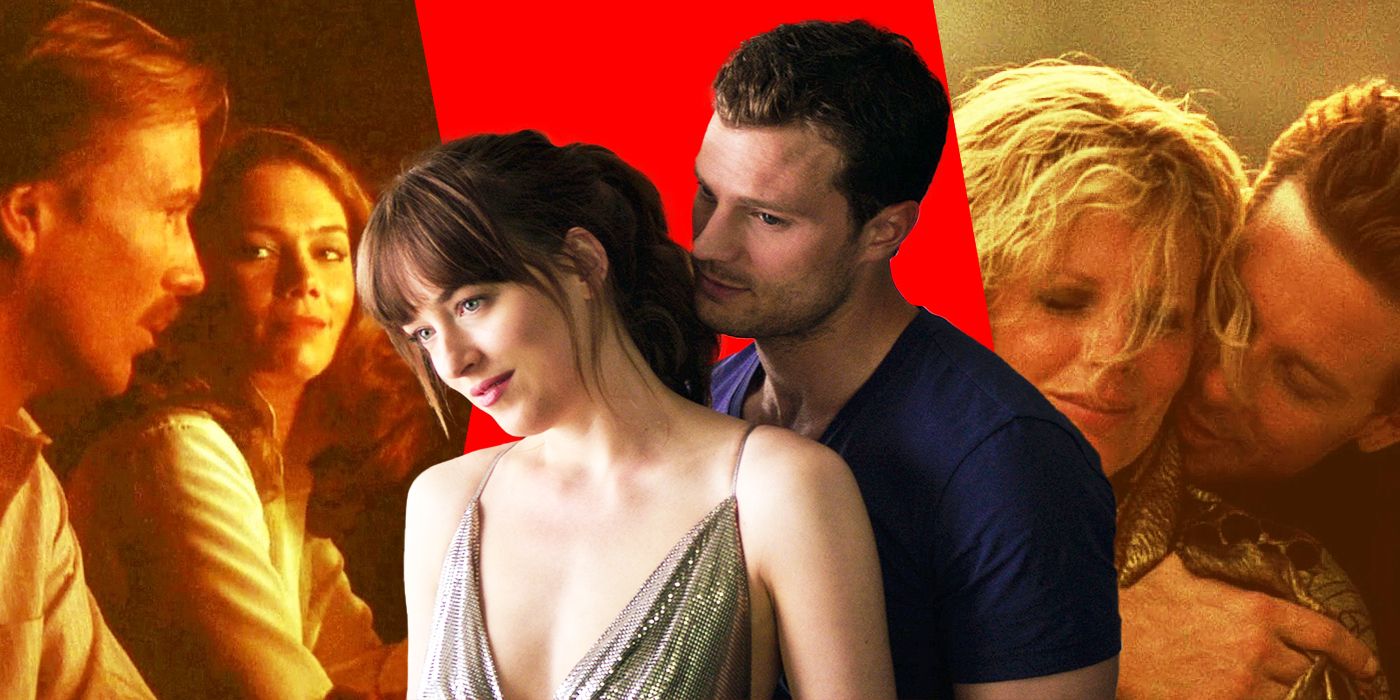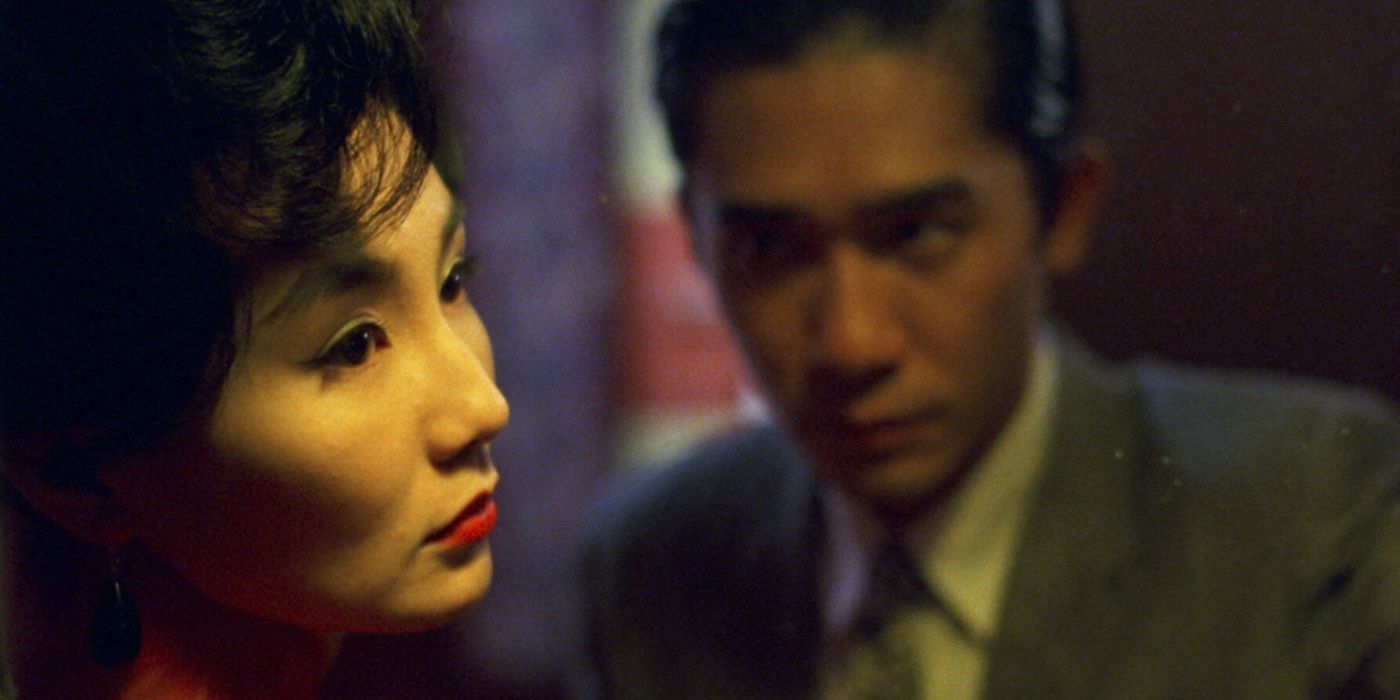The New York Times recently published their list of The 100 Best Movies of the 21st Century, with the top ten including titles like There Will Be Blood, Mulholland Drive, The Social Network, and Wong Kar-Wai’s masterpiece In the Mood for Love. An intimate, slow-burning romantic drama set in Hong Kong in the 1960s, In the Mood for Love stars Maggie Cheung as Mrs. Chan and Tony Leung as Mr. Chow, two neighbors who discover their spouses are having an affair and who soon embark on one of their own. A feast for the senses and rich with symbolism, In the Mood for Love is one of those films you need to watch several times to fully appreciate and has influenced a number of other directors whose films also landed on said list, like Sofia Coppola and Barry Jenkins. Premiering at the Cannes Film Festival 25 years ago, In the Mood for Love is getting a limited theatrical re-release in the United States and is absolutely worth seeing on the silver screen if you have the chance.
What Is ‘In the Mood for Love’ About?
In a recent interview for Sight and Sound, when asked about the use of AI in filmmaking, Wong answered, “Technology is just a tool. AI can replicate, but can it yearn? Can an algorithm understand the weight of a glance between two people who can’t express their feelings?” This response perfectly captures what makes his romantic drama In the Mood for Love so special. The film is predicated on infidelity, not that of our two protagonists, but of their spouses. After moving into neighboring rooms in an overcrowded apartment building, Mrs. Chan and Mr. Chow often cross paths unintentionally—in the hallway or on their way to or from a local restaurant—but spend most of their time alone, with their spouses often traveling and working late. They first bond, however, when they realize their spouses are having an affair with each other. From then on, they begin spending more time together and act out how they imagine their spouses’ affair unfolding, falling for each other along the way but refusing to be fully transparent about their feelings for each other.
‘In the Mood for Love’ Is a Painful but Visually Stunning Doomed Romance
Aside from the intimate love story and the sizzling chemistry between Mrs. Chan and Mr. Chow, In the Mood for Love’s visual storytelling is what makes it a film for the ages. Wong has cited Alfred Hitchcock’s Vertigo as one of his influences in making In the Mood for Love, which is evident in its color palette full of reds and bluish greens that evoke the characters’ feelings of desire and melancholy. Its cinematography and use of frames within frames places the viewer in a voyeuristic position, adding to the taboo nature of their relationship despite the fact their flirtatious fantasy isn’t a real affair, at least compared to the ones Mrs. Chan’s husband and Mr. Chow’s wife had with each other. Though their presence is always felt as an invisible force keeping our two protagonists apart, we never actually see the faces of Mr. Chan or Mrs. Chow. Even their flirtation is based on the imaged actions and gestures of their real spouses, creating an immediate sense of intimacy between them. The fantasy of their affair is what makes it so electric and destined to fail.
In the Mood for Love is all about yearning, missed connections, and the question of “what if?” Mrs. Chan and Mr. Chow’s erotic yet unconsummated affair functions as a way to both cope with and delay actually confronting the pain of having been cheated on and the realization that they weren’t enough for their spouse. Though the sexual and romantic tension is palpable, their refusal to cross that line makes their connection all the more tantalizing and powerful. With just a 98-minute run time, In the Mood for Love leaves you anticipating a kiss or sex scene between Mrs. Chan and Mr. Chow, but neither is necessary in creating one of the most devastating doomed romance films of the 21st century. And the film is tied together beautifully by the music of Nat King Cole, specifically his covers of the songs “Quizas Quizas Quizas,” “Aquellos Ojos Verdes,” and “Te Quiero Dijiste,” which capture the essence of In the Mood for Love in an entirely different language.
1:51

Related
25 Steamy Movies to Get You in the Mood on Date Night
When you just want to Netflix and chill.
Occupying the number four spot on the New York Times list, In the Mood for Love has gone on to influence Best Picture winners like Moonlight and Everything Everywhere All at Once that also made the list. For its 25th anniversary, In the Mood for Love received a 4K remaster, including nine minutes of unreleased footage, and has recently been re-released in theaters in the United States. Unfortunately, it’s only showing in select theaters in cities like New York and Los Angeles, but you can watch In the Mood for Love and some of Wong’s other films, like Chungking Express and Days of Being Wild, on HBO Max.

